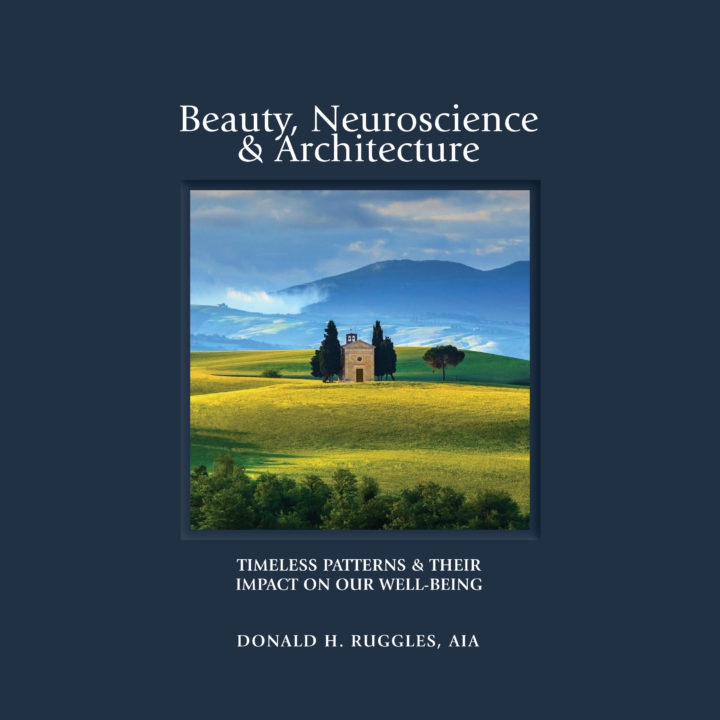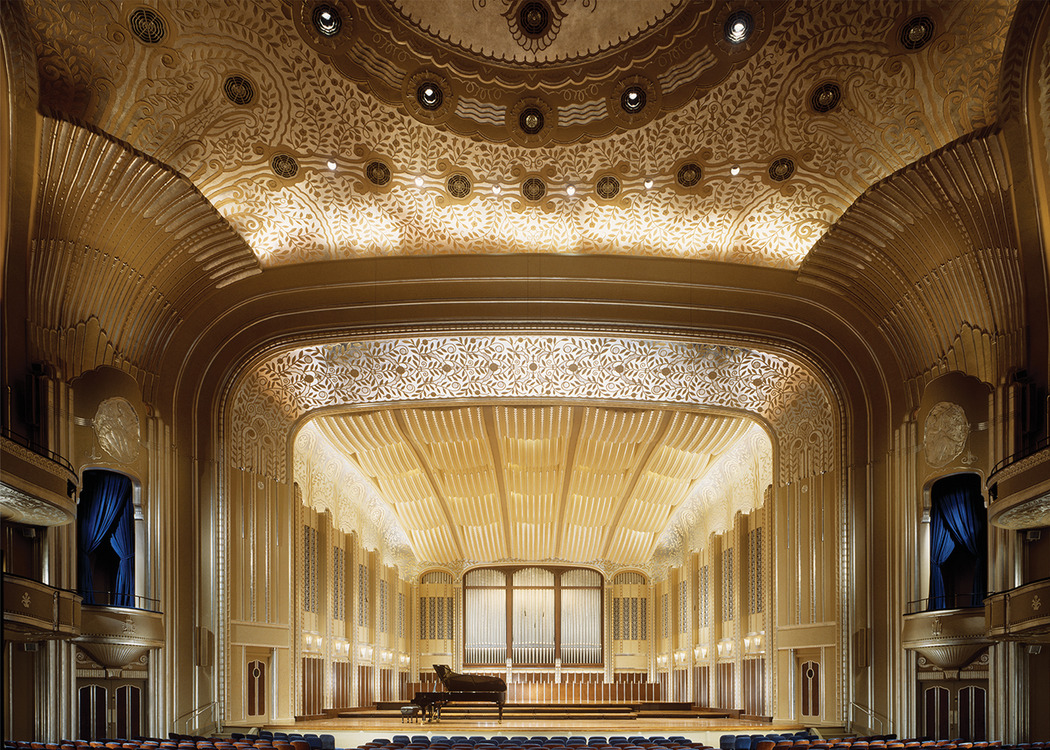The Local newsletter is your free, daily guide to life in Colorado. For locals, by locals.
Denver architect Don Ruggles, president of Ruggles Mabe Studio, has spent 50 years designing beautiful spaces for clients in Colorado and beyond. But ever since he began work on one of his very first projects—an Aspen ranch home he designed in the early 1970s—quantifying “beautiful” has been his elusive goal.
“I really didn’t know what ‘beautiful’ was,” Ruggles says. “People would call me and say, ‘Your work is beautiful,’ so I knew I was doing something right, but I didn’t know what.”

About eight years ago, Ruggles was asked to give a talk on “timeless design” to an audience of architects. While doing research for the presentation, he discovered the Academy of Neuroscience for Architecture, and was captivated by its scientific explanations for the client reactions he’d witnessed repeatedly over the course of his career. Ruggles’ presentation—which benefitted from this new information—was so well-received, he was asked to give it again and again. “Eventually,” Ruggles says, “I had so much information, I said to my wife, ‘I really need to put this all in a book.’”

In that forthcoming book (to be distributed by the University of Oklahoma Press in January 2018), Beauty, Neuroscience & Architecture: Timeless Patterns & Their Impact On Our Well-Being, Ruggles explains the brain’s response to patterns in nature, then connects those biological responses to some notable designs of our time. We chatted with Ruggles about his research in advance of the book’s release to learn more about what surprised him, and how his findings might help other architects—and us.
5280 Home: How does writing about design compare to actually creating the design?
Don Ruggles: Actually it’s the same methodology. You start with a broad framework and then break it down into smaller pieces. The only difference was that I never worked on the book during the daytime; it was a nights-and-weekends project.
Were any of your personal design theories proved by the science you uncovered in your research?
Absolutely. Clients would tell us they were ‘relaxed’ and that they felt better at home than out in the world. We didn’t have the science to back it up, but now we understand that we react subconsciously to design; to those intuitive patterns.
Did anything surprise you?
In architecture school they never use the word, ‘beautiful.’ We were taught it was subjective; that beauty was in the eye of the beholder. But from this research, it’s really the opposite: When we call something ‘beautiful,’ we’re reacting to the hormones that are released when our brain recognizes a pattern that is pleasurable. It creates a state of well-being. It’s a physical reaction to recognition of a pattern that’s evolved over millions of years.

What do you hope that other architects will take away from this book?
I hope they see that there are a few patterns that will not only create a sense of timelessness, but will actually contribute to the health and wellness of their clients—and really any observer.
What can the rest of us take from your research?
An understanding of the appreciation of beauty. Take a minute and really look at that baby’s face or that painting of a scenic landscape and understand, ‘This is a moment that is good for me.’








